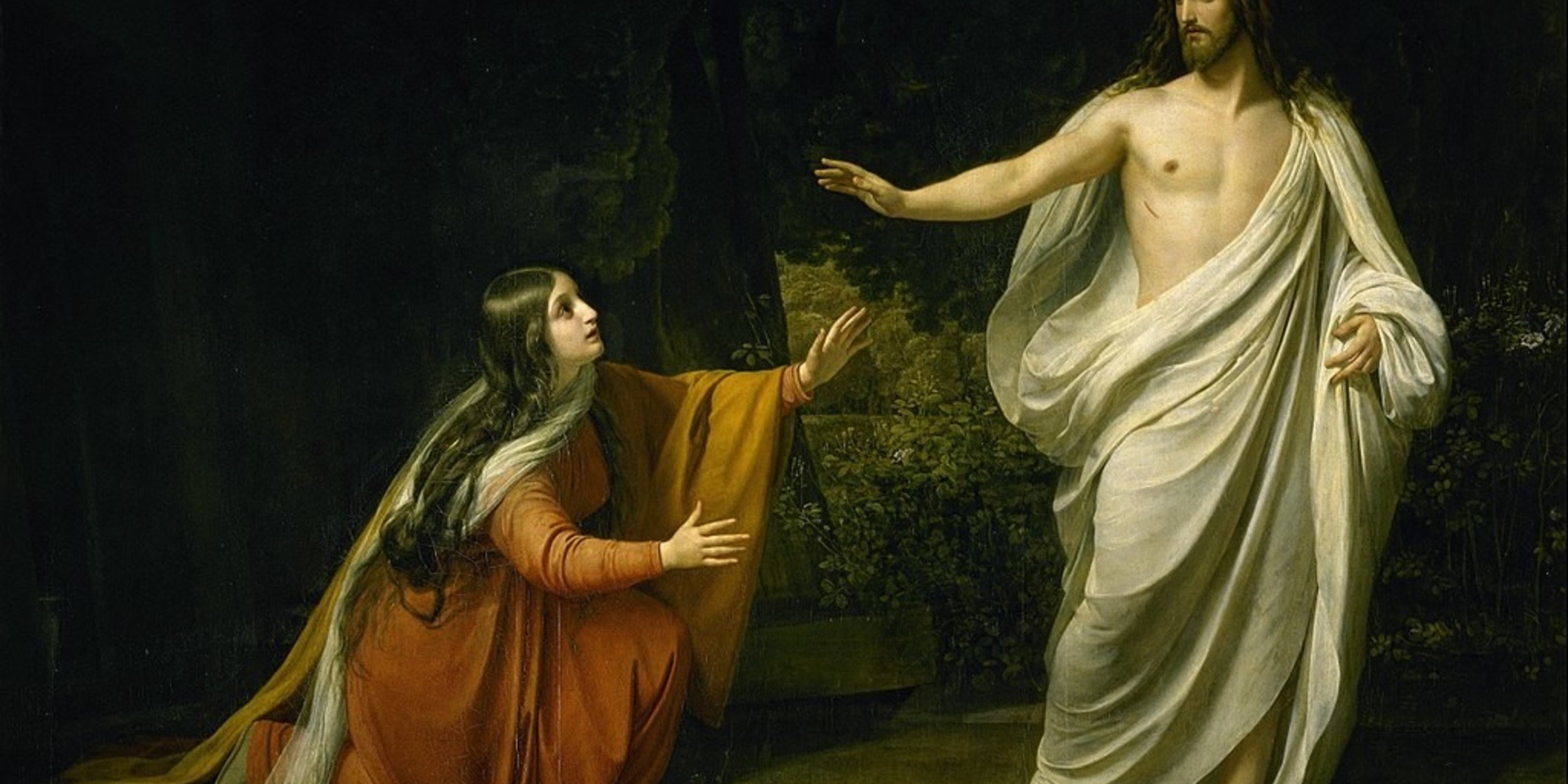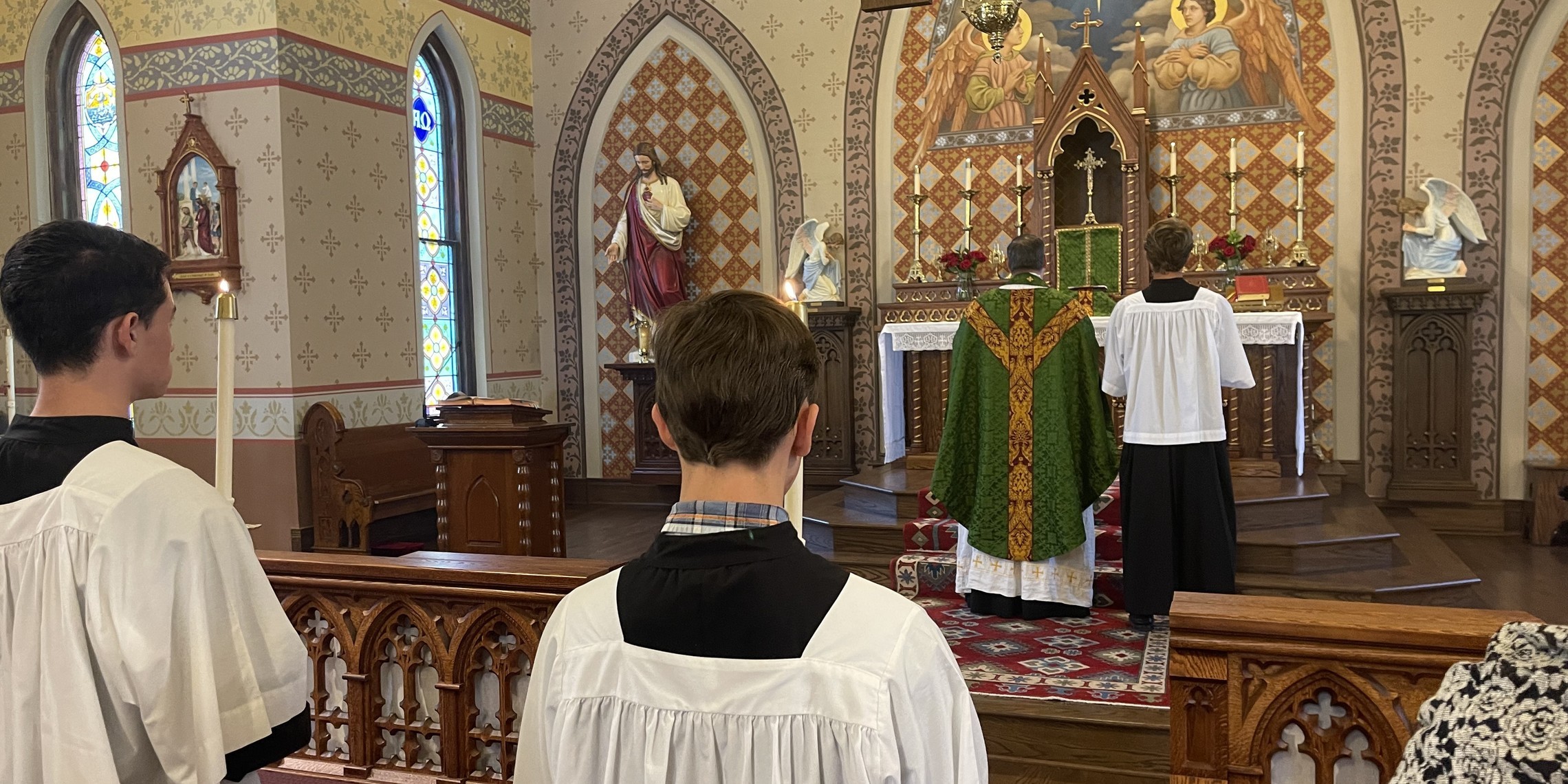The bloody French Revolution that started in 1789 was the laboratory for the later horrors of the
20 th century; the mass killings and genocide by the Nazis and the Communists in Russia and
China. The French Revolution was the first time such oppression sprang from calculation more
than passion, from a theory more than from absence of thought.
The heat of the Revolution’s horror was its deliberate precision: wild mobs were directed by
willful committees. Executions were not orgies of abandon; they were promoted as population
reform. A machine was invented to do the job cleanly, and its inventor went to it himself. (Rutler,
The Cure D’Ars Today)
When John Vianney, born in 1786, was a small child, his parish priest signed an oath to the new
Civil Constitution That was an oath which mandated a priest’s allegiance to the anti-Christian
state over the Church. Vianney’s parish priest still dressed like a priest and he said Mass. But it
was all fake. He only mentioned God when the rubrics directed him. Soon enough his parish
church emptied. But the Church goes on. For the Church is what is left when the building goes.
Faithful French would sneak priests loyal to the Church into their homes:
When a priest in secular disguise came in the door, he went into a dark corner and emerged rid
of his camouflage, splendid in wrinkled vestments at a broken board for his altar; there were
those who wept at so great a sight, and among them the eyes of a boy of six were as wide as
saucers.
The boy saw those priests, who risked their lives to say Mass for people as heroes. Young John
Vianney was determined, if God willed it, to become a priest himself. But the Revolution, and
later being drafted into Napoleon’s army delayed the plans. Afterwards he humiliated himself by
taking classes with young boys, who thought he was slow-witted.
Ordained a priest at age 29, Vianney was sent to the small out of the way village of Ars. Due to
the atheistic influence of the Revolution the people in Ars had lost the faith. Vianney was
determined to bring it back. He started railing against the abuse of the Sabbath and the lewd
dancing in which the villagers engaged. So, the villagers took to hating him right away. They
worked up various plans to have him removed, but thankfully for them their plans failed.
Vianney, small and rail thin, emaciated due to severe fasting, slowly started converting hearts
back to Christ.
Word got out about the Cure’ D’Ars, the priest of Ars, who could read people’s souls when they
went to confession. Twenty thousand pilgrims a year started coming to Ars. Vianney would hear
their confessions for 12-16 hours a day. Ars, which had lost the faith, had found it again.
We have had a revolution in our modern times and the faith has been all but lost. Priests and
bishops in the highest of places appear to have abandoned Christ and His Church and given their
allegiance to the state. In the meantime, churches have emptied. But a remnant of the faith
remains. The gates of hell do not prevail. For the Church is what is left when the building goes.
More News...
Mary Magdalene, July 22nd
In 2009 archeologists in Galilee discovered Magdala. At the time of Christ, it was a thriving fishing town on the Sea of Galilee....Read more
Final Sermon at St. Ann June 30th, 2024
.... In this last sermon I will give you before leaving for St. Andrew and my next journey, I would like to reflect upon...Read more


